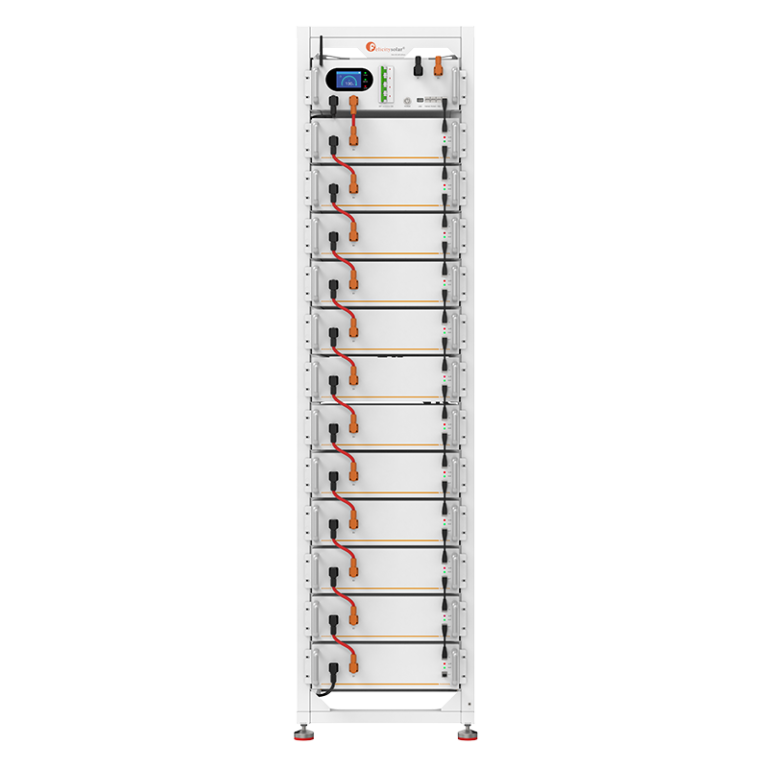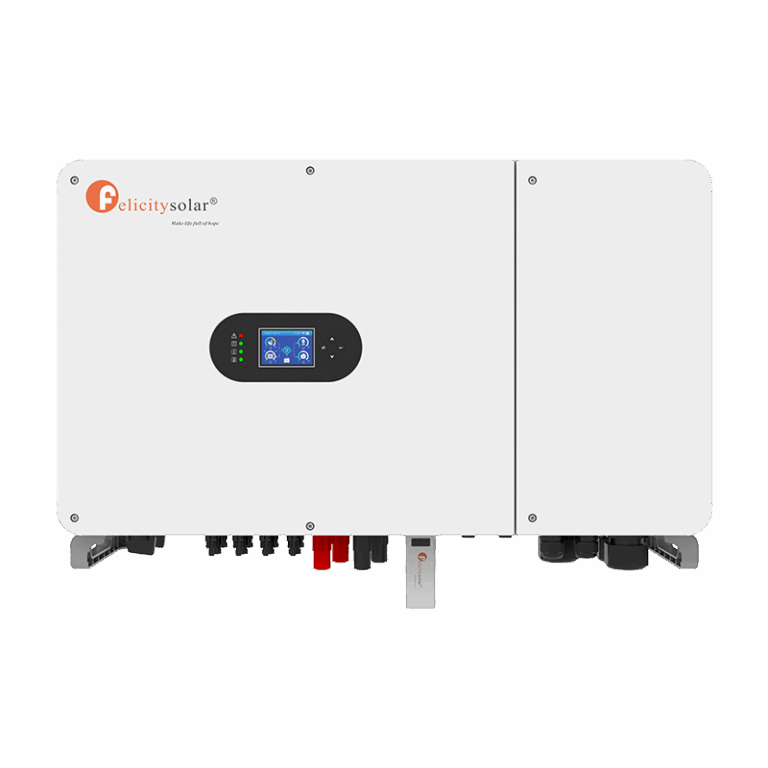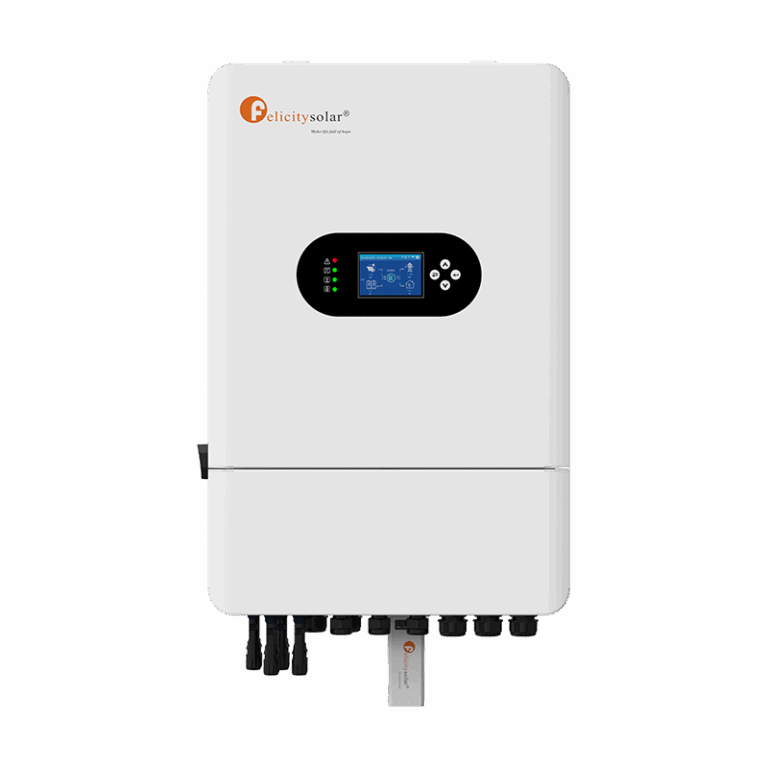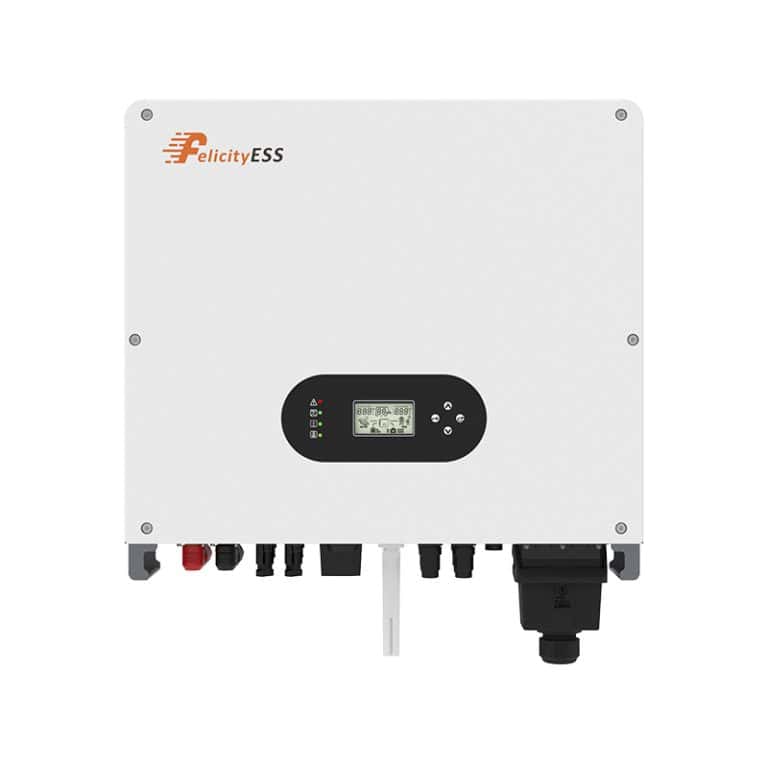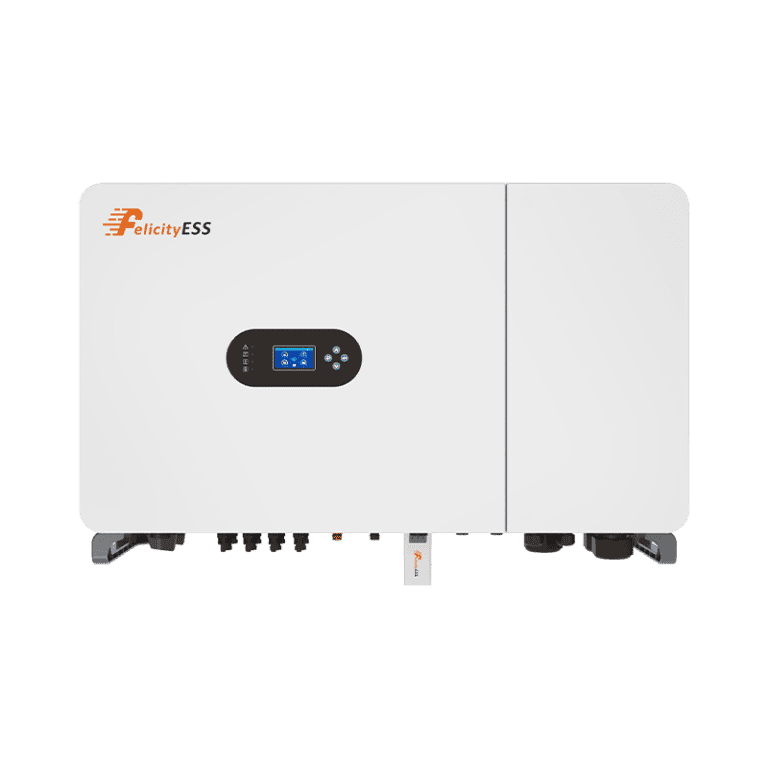Choisir entre un onduleur série et parallèle Le système d’énergie solaire nécessite de comprendre le but de chaque type de connexion. Il n’est pas particulièrement intelligent de dire que l’un a un avantage sur l’autre parce qu’il répond à des objectifs différents. Continuez à lire pour voir en quoi les onduleurs série et parallèle diffèrent et à quelles fins spécifiques ils servent.
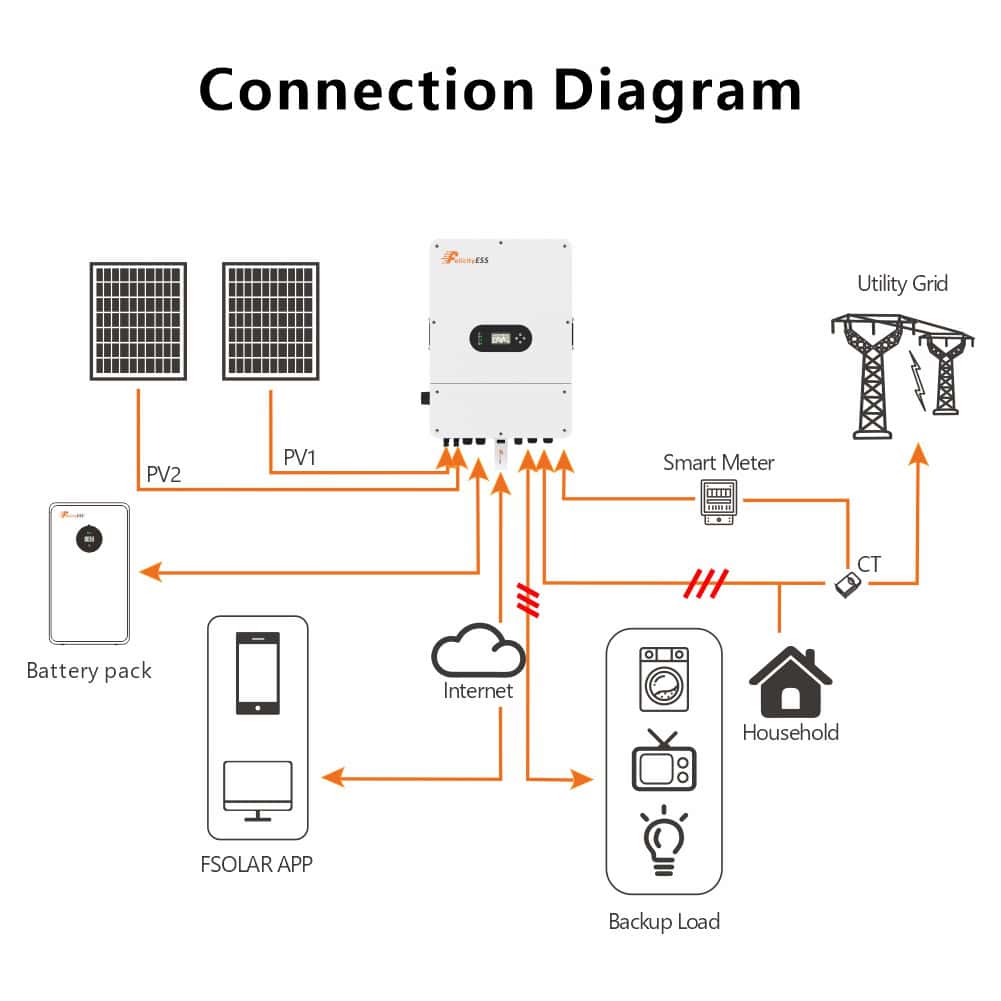
5 différences entre un onduleur série et parallèle
Type de connexion et fonctionnalité
Des onduleurs parallèles sont connectés côte à côte, chacun traitant l'énergie CC des panneaux solaires en CA indépendamment de l'autre. La puissance finale reçue par le système électrique est la somme de la puissance CA individuelle traitée par chaque onduleur. Pour les onduleurs en série, la connexion s'effectue de bout en bout, la sortie d'un onduleur étant connectée à l'entrée d'un autre. Par conséquent, il n’y a pas de conversion DC-AC indépendante par les onduleurs individuels mais une conversion séquentielle, qui implique que l’onduleur suivant travaille sur la sortie du précédent.
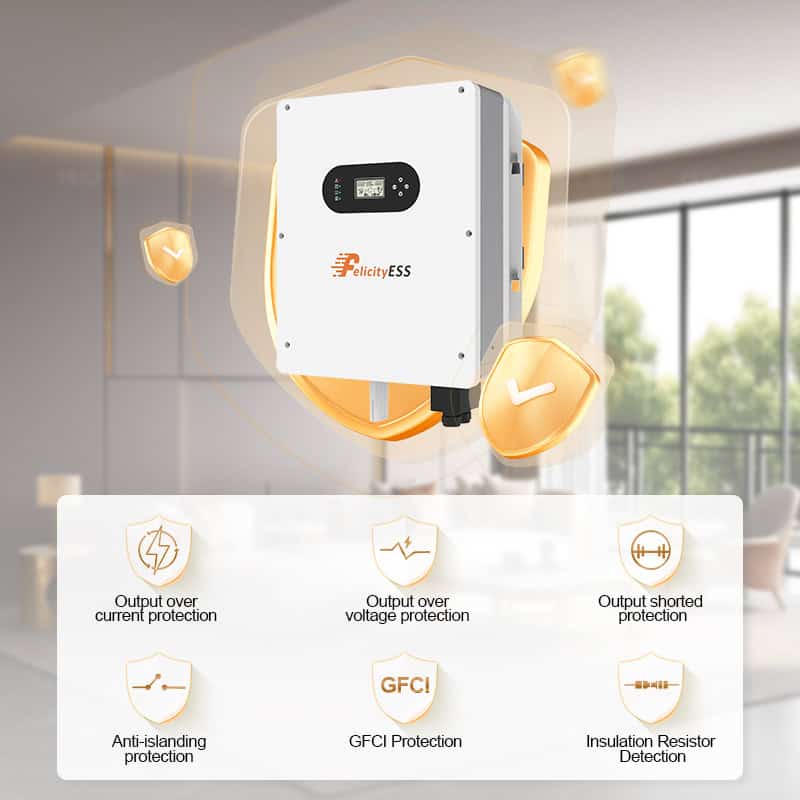
Forme d'onde de la tension et du courant de sortie
Pour les onduleurs connectés en série, la forme d’onde de la tension de sortie est rectangulaire tandis que l’onde du courant de sortie est sinusoïdale. Par conséquent, le courant est en avance sur la tension dans cet arrangement. À l’inverse, les onduleurs connectés en parallèle produisent une tension de sortie dont la forme d’onde semble approximativement sinusoïdale tandis que le courant est rectangulaire.
Sources de tension et de courant
Parce qu'ils sont conçus pour gérer des charges à faible impédance, les onduleurs en série nécessitent toujours une source de tension constante. L’inverse est le cas pour les onduleurs parallèles qui nécessitent toujours une source de courant constant en raison des charges à haute impédance qu’ils transportent.
Avantages et objectif
Un onduleur série et parallèle répond à des objectifs différents et présente des avantages différents. Dans les situations où une forte demande d’énergie est requise, les onduleurs parallèles sont généralement préférés en raison de leur puissance de sortie élevée. En outre, les onduleurs parallèles favorisent également la redondance dans laquelle si un onduleur présente un défaut, le système continue de fournir de l'énergie. C'est pourquoi la plupart des systèmes d'énergie solaire sont dotés de connexions en parallèle plutôt qu'en série ; cela garantit une alimentation électrique continue. Les onduleurs en série sont particulièrement utiles lorsqu'une synchronisation de phase entre les onduleurs ou une adaptation exacte de la tension est nécessaire. Il ne s’agit pas d’une approche de connexion couramment adoptée dans les systèmes d’énergie solaire.
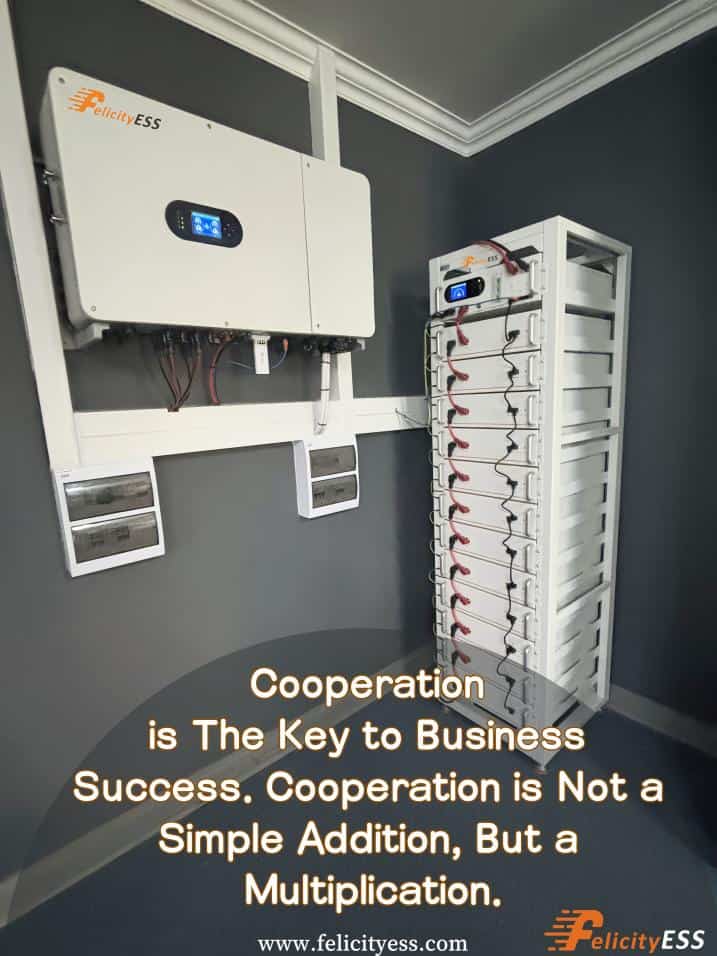
Réglage de la puissance
S'il s'avère nécessaire d'ajuster la puissance d'un onduleur série, deux méthodes sont possibles. La fréquence du thyristor ou la tension continue peuvent être modifiées. Cependant, pour les onduleurs parallèles, une seule méthode de réglage de la puissance est possible : modifier la tension continue. Il est cependant possible d’augmenter la puissance des onduleurs parallèles, quoique de façon étroite, en ajustant l’angle d’attaque.
Conclusion
Les onduleurs série et parallèle ont leurs fonctions et leurs avantages, ce qui explique pourquoi les deux approches de connexion existent en premier lieu. Votre choix dépendra de vos besoins spécifiques, que des experts pourront vous aider à comprendre. Cependant, que ce soit pour des besoins privés ou professionnels, Felicity ESS est une source fiable pour acheter les onduleurs et les batteries que vous espérez utiliser pendant longtemps. De onduleurs hybrides aux batteries lithium-ion, des options haute et basse tension 1,2 et triphasées sont disponibles avec une garantie maximale de qualité et de service client.



